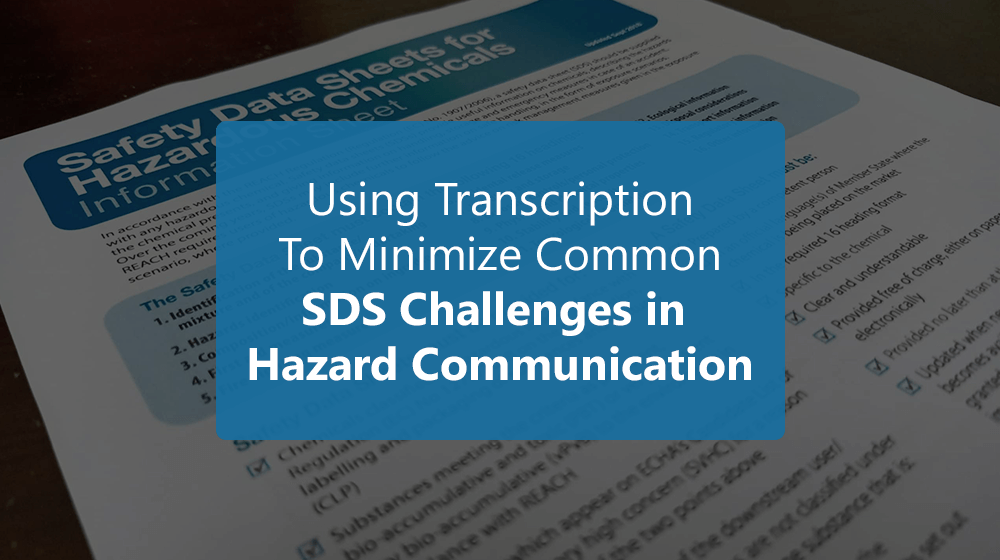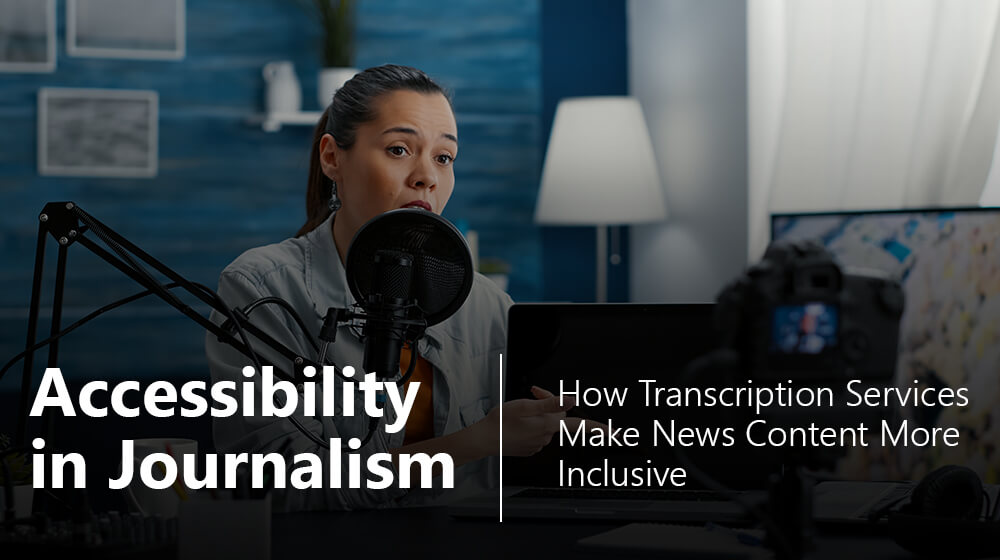You are going all wrong if you don’t focus much on UX in strategizing your online presence. A positive UX means happier users, leading to higher engagement and more success online. Improving UX can enhance customer satisfaction, directing to increased engagement and higher conversions. One tool that often goes unnoticed in this quest for optimal UX is transcription, the process of converting speech into written text. So, let’s dive into how transcription can be a game-changer in enhancing UX.
What are the benefits of transcribing for UX?
1. Increasing User Engagement
We’re constantly bombarded with information, making it harder than ever to capture and hold a user’s attention. That’s why it’s crucial to step up our User Experience (UX) game using transcripts. Transcriptions can keep users on your page longer. Readers often skim through the text before engaging with audio or video content. Users are more likely to stay and interact with your content with transcriptions available.
2. Boosting SEO
Transcriptions, especially for audio and video content, can dramatically improve your website’s SEO. Search engines can’t “listen” to audio or video but can index text, helping your content appear in more relevant search results.
With everything moving so fast in the digital world, using word animation can truly help make your content more exciting and engaging. This can enhance how users interact with your site (UX) and can even give your SEO a nice boost. From an SEO point of view, these animations can help lower your bounce rates and increase how long users stay on your site- two big plus points for search engines ranking your site.
3. Enhancing Content Comprehension
Not all information is absorbed well audibly. Transcriptions allow users to read along, enhancing understanding, especially for complex or technical content. Let’s say you’re watching an online video about climate change. It’s filled with complicated terms like “greenhouse gases”, “albedo effect”, and “carbon cycle”. If you’re just listening, you might get confused or miss something important. But if there’s a transcript, you can follow along with the video. You can pause when you need to, look up words you don’t know, and really understand what’s being said. So, in short, transcripts help make complex stuff easier to understand.
4. Offering Flexibility
Let’s imagine you’re watching a TED Talk about the latest developments in Artificial Intelligence (AI). It’s a topic that interests you but it’s also packed with complex ideas and terminology. Now, with a transcription, you’re in full control of your learning experience. You can pause and digest an idea, go back to clarify a concept, or even jump ahead to a particular segment that piques your interest. You can read, re-read, or even print the transcript to study later. It’s like having a customizable lecture at your fingertips. This flexibility not only makes learning more enjoyable but also enhances your overall understanding of the topic.
5. Improving Accessibility
For a different perspective, let’s consider an online movie streaming platform. Not everyone who uses these platforms can hear the audio clearly or at all. Transcriptions, or in this case, captions, play a pivotal role in making the content accessible to everyone. A person with hearing impairments can enjoy the movie just as much as anyone else by reading the dialogues and descriptions of sound effects through captions. In the same vein, transcriptions can also help non-native speakers understand content in a language they’re not fully comfortable with, thereby broadening your content’s reach.
Why is video transcription important for UX?
Now, let’s zoom in on video content. Videos are indeed the most powerful way to engage users, but without transcriptions, you may miss key advantages.
Video transcriptions play a crucial role in enriching UX. Firstly, they make your videos more accessible to people who are deaf or hard of hearing and those who simply prefer reading. Imagine watching a video in a noisy environment without headphones. Transcriptions or captions can come in handy in such situations, providing context and ensuring the message isn’t lost.
Next, transcriptions make your videos more searchable. Ever tried finding a specific part in a long video? It can be quite a challenge. Transcriptions solve this problem. They allow users to locate specific information quickly, making the video navigation process smoother and more user-friendly. Plus, it doesn’t hurt that this ‘searchability’ also contributes to SEO, making your video more likely to appear in search engine results.
Wrapping it up
Transcription is more than just transforming audio into text; it enhances user experience, boosts SEO, and makes content more inclusive and accessible. Incorporating transcription into your UX strategy can give you an edge in this digital world where user experience is king.
Remember, the digital realm is all about the user. You’re more likely to capture their attention by adapting to their needs and preferences, and transcription is a powerful tool. So, as you create your next piece of content, consider how transcription could enhance its impact. And, for quality and reliable transcription, you can connect with us. Get a custom quote today to know more. Happy transcribing!

















